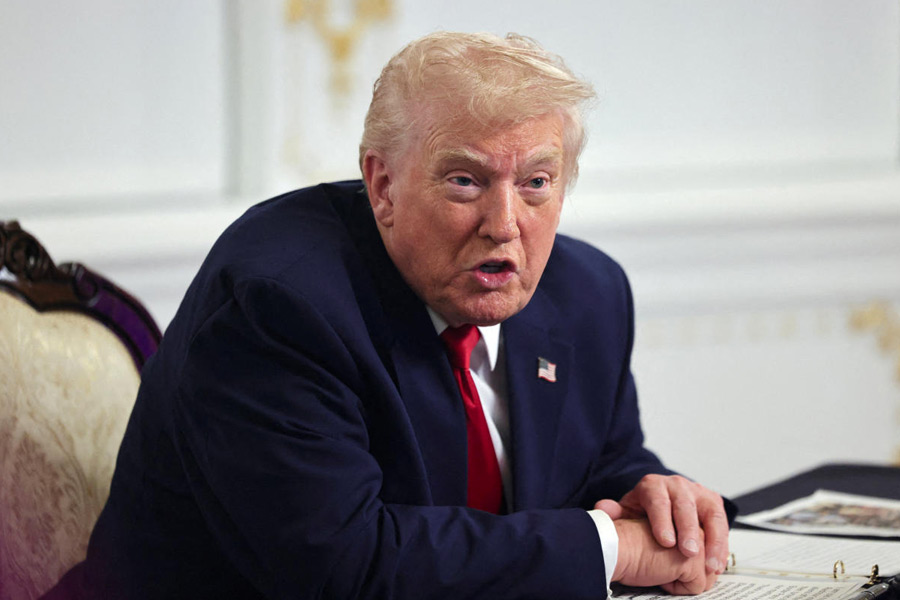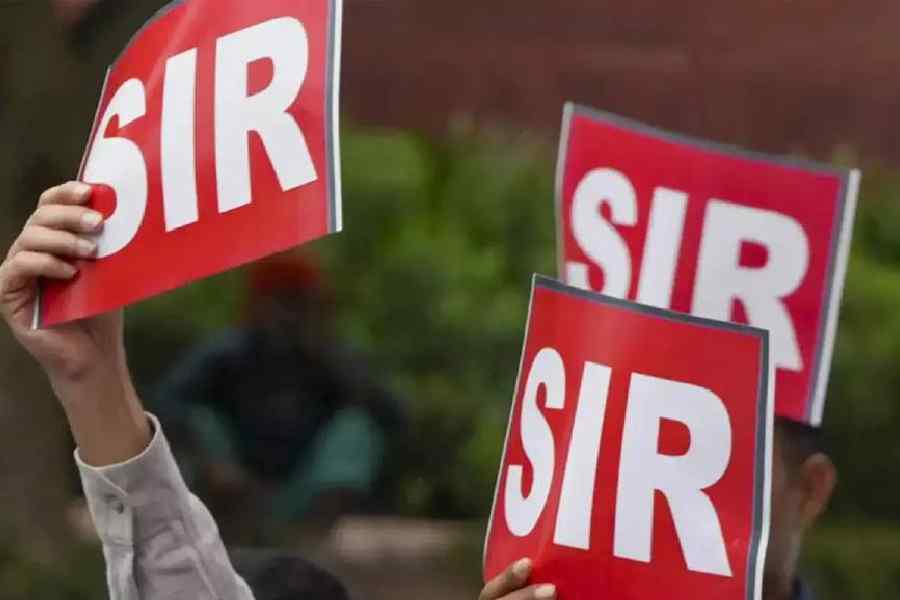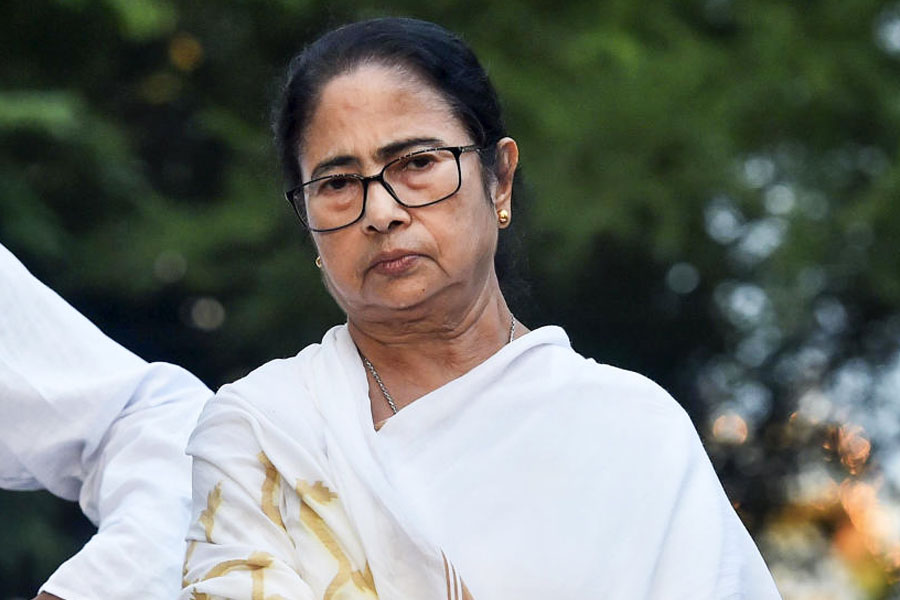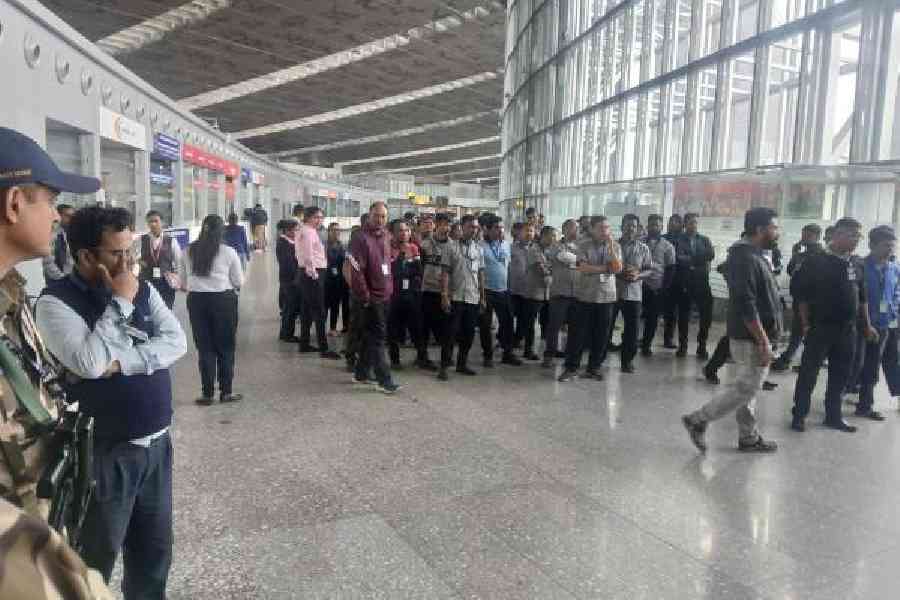.jpg)
New Delhi: Controversy has again enveloped the bailiwick of the chief economic adviser to the finance ministry amid suggestions that the Narendra Modi government has lowered the academic credentials and experience for the next incumbent who will replace Arvind Subramanian.
Congress leader Ahmed Patel stirred the pot with a tweet: "Why has government diluted the educational and professional requirements for the post of chief economic advisor? Economist positions, even in banks have more rigorous requirements. What is their ulterior motive?"
He was immediately trolled by Modi's army of acolytes at a time the government is under attack on another education-related controversy over Reliance Foundation's Jio Institute featuring on a list of potential "Institutes of Eminence".
On the economic adviser, the Modi government may have diluted qualifications considerably, at least in terms of the years of experience it is seeking in the new incumbent.
The advertisement for the CEA post seeks an economist who has at least a master's degree in economics, preferably with a doctorate, and six years of experience in economic research or giving economic advice or evaluating economic reforms. The economist should be at the most 50 years old if he is coming from outside the government and 56 years of age if he is from within the government.
Interestingly, soon after another eminent and young economist, Sanjeev Sanyal, was appointed as principal economic adviser, a job one notch below that of the CEA's, the government came out with new draft rules for recruiting principal economic advisers which set as essential qualifications a doctorate degree in economics and 10 years' experience.
Another coveted public sector economist's job - that of chief economic adviser with the State Bank of India - requires a master's degree and 12 years' experience.
While finance ministry officials said the educational qualifications for the new CEA had not been lowered, they admitted that the experience criteria had been diluted.
Sources said they had actually been halved from an earlier requirement of 12 years. However, they also pointed out that the person who was picked for the position almost never emerged from the crop of applicants.
"A search committee is set up for such senior jobs and eminent economists who have not even bothered to apply are called up and asked to consider the job," an official said.
"The question that begs an answer of course remains that why has the CEA's job experience criterion been diluted... the government often does these things when a candidate is being considered and the post's criteria is changed to suit that person," the official said.
Two of the last three CEAs - Kaushik Basu and Raghuram Rajan - were invited by former Prime Minister Manmohan Singh to assume the position and help guide policymaking in the finance ministry.
"From an existence totally immersed in the world of research, and with little forewarning, I was transported or, more aptly, hurled to the post of chief economic adviser to the Government of India, at the Ministry of Finance, in December 2009, in response to an invitation from the then Prime Minister Manmohan Singh," Basu wrote in the preface to his book, An Economist in the Real World: The art of policymaking in India.
Basu, who was the CEA for three years, explained why the position was such a challenge.
"Economic policymaking is like an engineer's work but with a twist. Crafting economic policy is like building an aircraft where the onlookers take an interest. In building an airplane, for example, onlookers typically take no interest. If they did, the task would be vastly more complicated. If the engineer went along with the popular view, making the wing span according to majority preference, giving the nose of the plane the tilt that the lay majority demanded, and so on, chances are the plane would not fly," he wrote in the preface to his book.
In November 2008, Singh had appointed Rajan as an honorary economic adviser during which he wrote policy notes for the then Prime Minister. On August 10, 2012, Rajan was appointed chief economic adviser to the ministry of finance, succeeding Basu in the role.
When Rajan was appointed as governor of the Reserve Bank of India in September 2013, the UPA government did not hunt for a replacement.
Once the Modi government came to power, it invited Subramanian, who was then a senior fellow at the Washington-based Peterson Institute for International Economics, to take over as the CEA in October 2014 just when it started work on its first full-year budget of 2015-16.
All three - Basu, Rajan and Subramanian - had built their reputations as leading economists in the halls of academe and/or in institutions like the World Bank, sparking deep resentment and jealousy among home-grown economists.
The next CEA - if one is eventually appointed - is unlikely to be someone who has earned his spurs overseas. The previous incumbents were usually granted a three-year tenure. Rajan had the shortest stint as CEA of just over one year because he moved to Mint Street.
Prof. Biswajit Dhar of JNU felt that the controversy was being overblown. "Frankly, the advertisement is just that - an advertisement. For the eminent economists who have filled this job, these criteria, set by babus, do not count. They are chosen simply because they are eminent people and are eminently suitable for the job regardless of what the ad says."
Others who have graced the position have included eminent economists like the late Dr I.G. Patel, a former RBI governor; Dr Ashok Mitra, former finance minister of Bengal; Dr Manmohan Singh, who went on to become Prime Minister of India; and Dr Bimal Jalan, former RBI governor.

.jpg)








